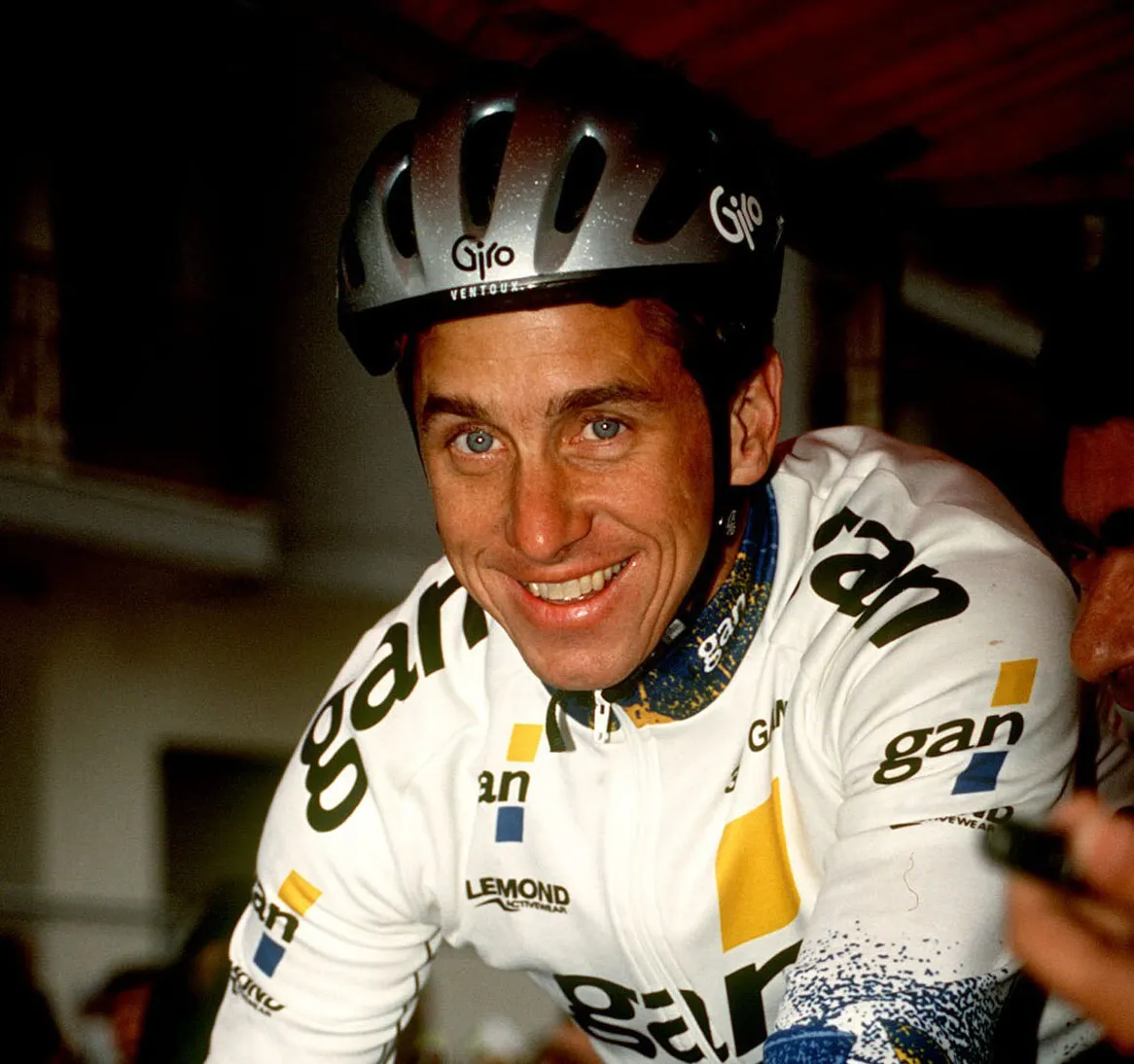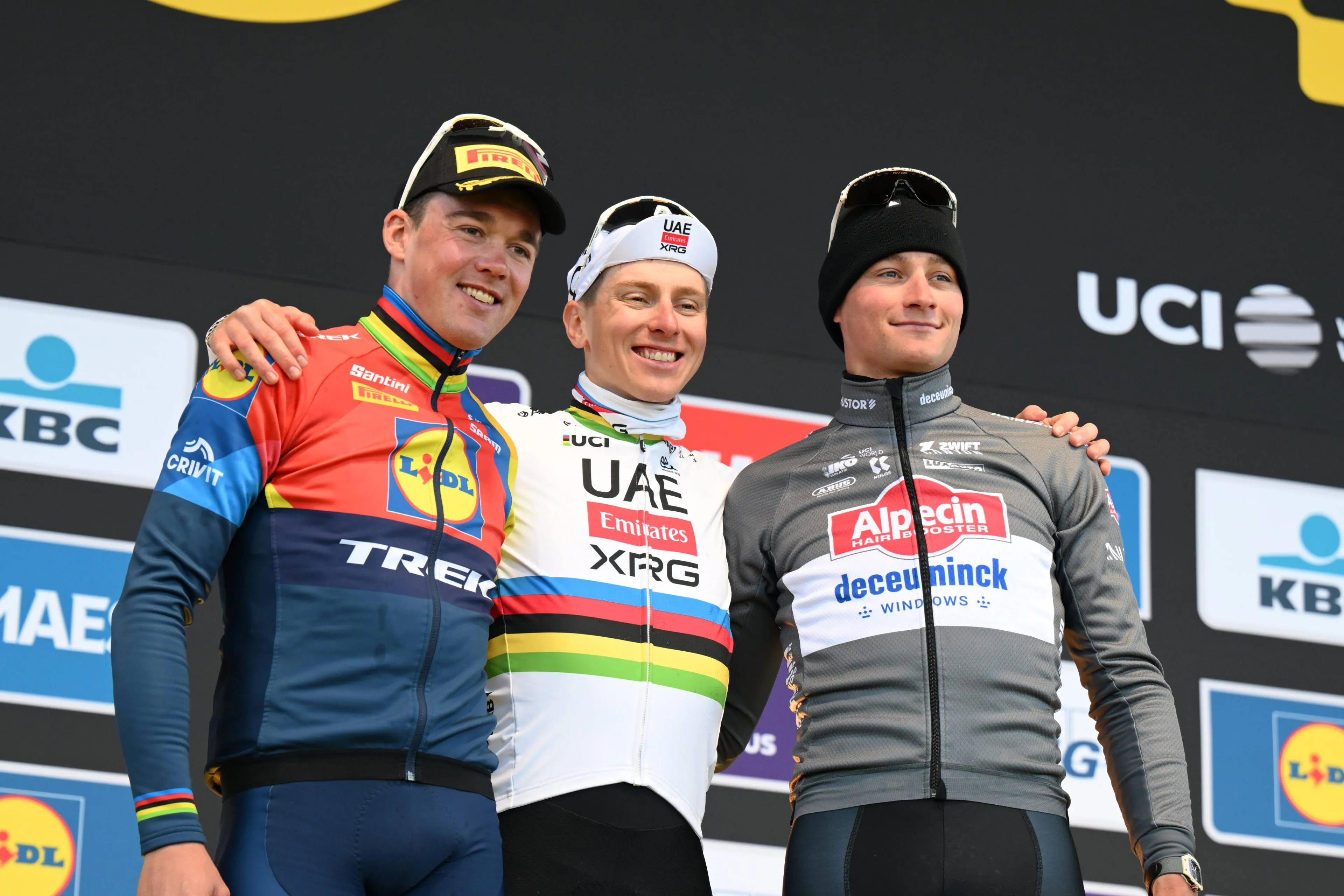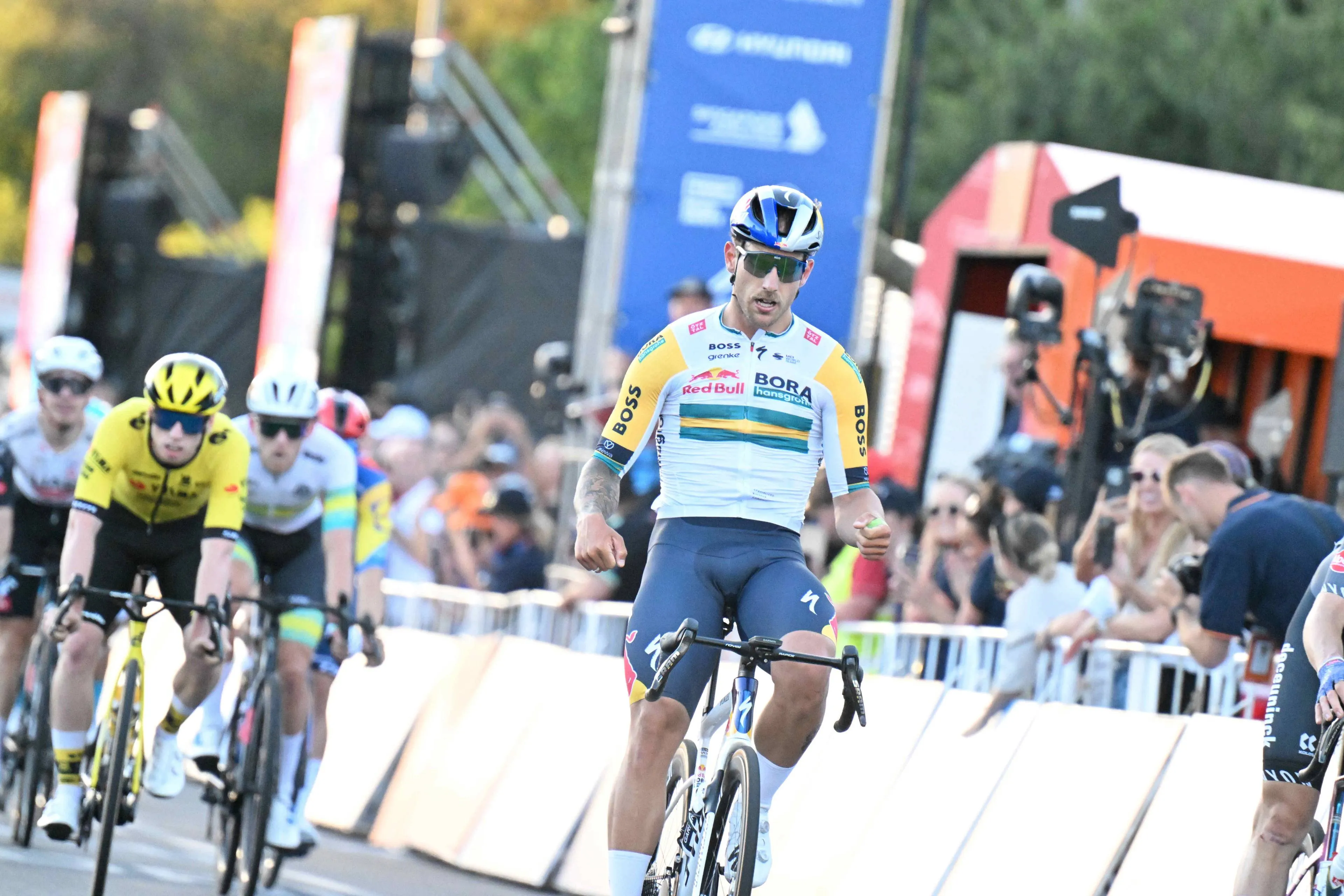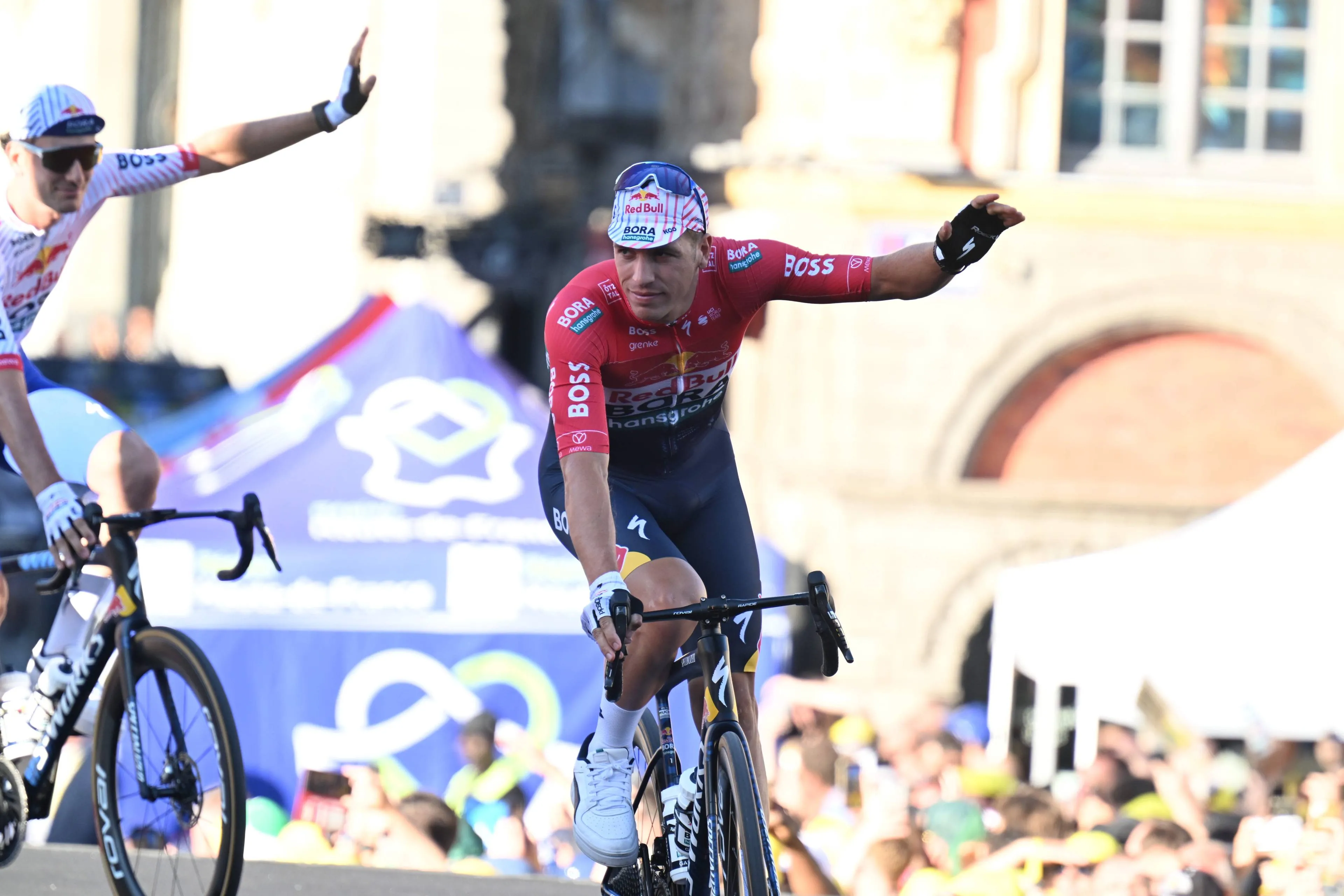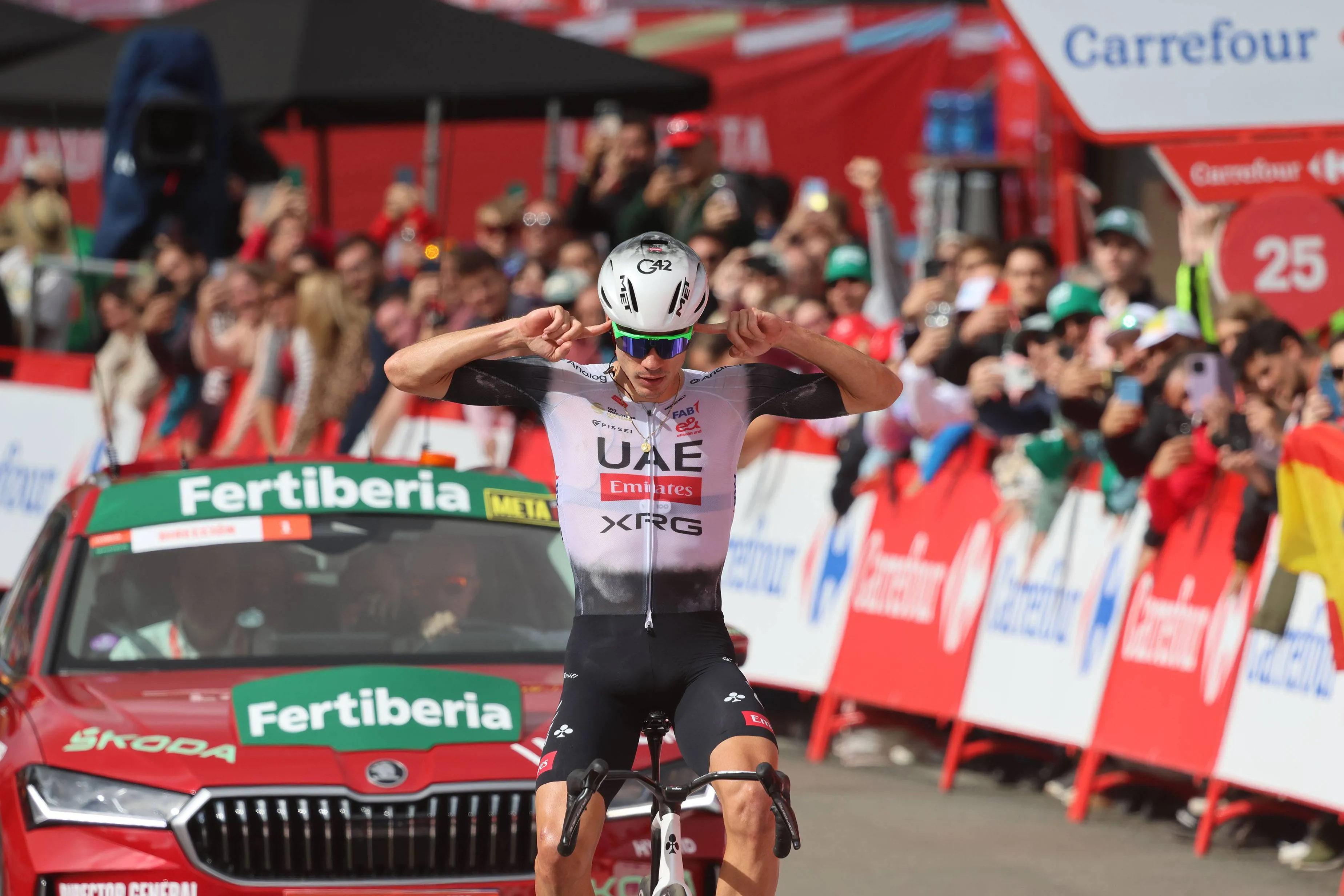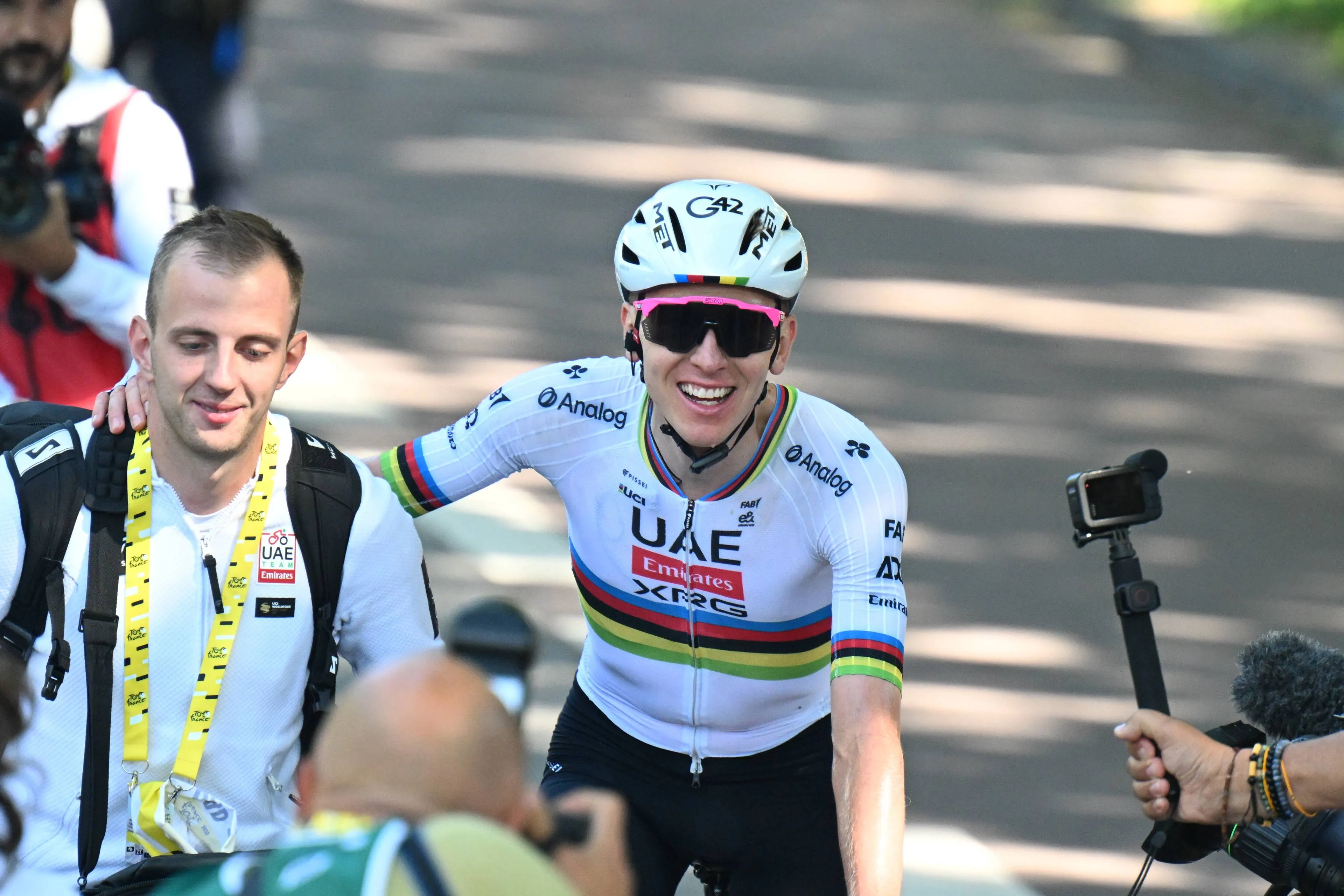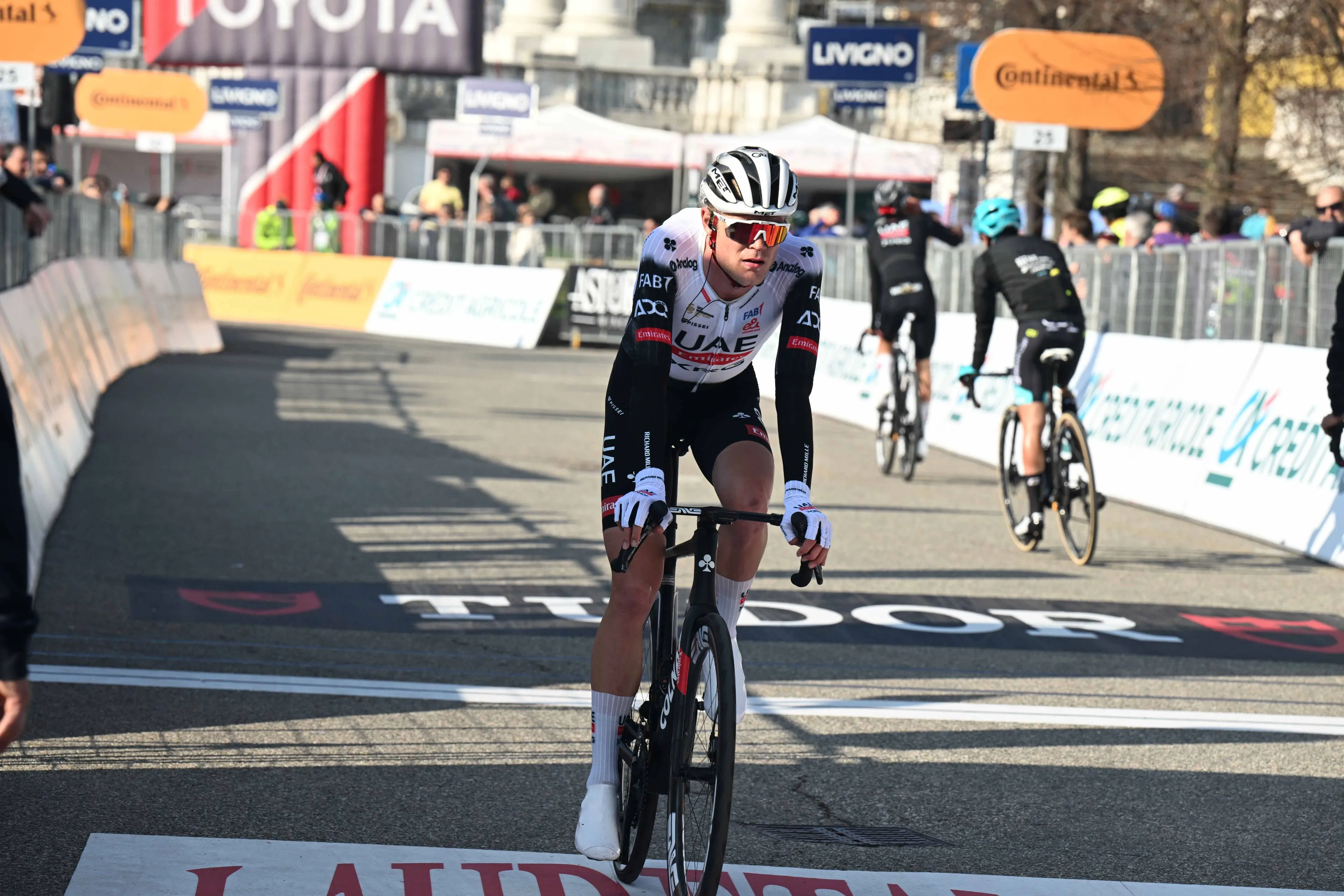A Tour Decided By Seconds: Remembering Laurent Fignon and Greg LeMond’s epic battle for the 1989 Tour de France
CyclingMonday, 19 June 2023 at 19:00

With the 2023 Tour de France fast approaching, we thought we’d take a trip down memory lane and throw it all the way back to 1989 and one of the most thrilling finales to any Grand Tour.
The sweat poured down the face of Laurent Fignon, as he fought with all he had to try and keep the Tour de France's famous Yellow Jersey on his shoulders. Under the roasting French summer sun, "Le Professeur" as he was known went to deeper depths than he'd ever been to before, knowing that after over 3,000km of racing, the 1989 Tour de France would all come down to these last few pedal strokes. The man whose time he was chasing down? The American, Greg LeMond.
Read also
A Tour winner 3 years previously in 1986, LeMond had gone into this race unfancied after a near-fatal shooting accident in 1987 had effectively cost him 2 years of his career. After a disappointing initial return, LeMond was having serious thoughts about calling it a day and retiring if he wasn't showing signs of improvement soon.
In the prologue, those signs would start to show, much to the surprise of everyone LeMond would ride to a 4th placed finish on the opening time trial in Luxembourg, level on time with Laurent Fignon. Pre-race favourite and defending champion Pedro Delgado had suffered a timing mix-up and as such immediately fell over 3 minutes behind!
Read also
With Delgado dropping out of contention so early, it quickly became a 2 horse race for the Yellow Jersey between Fignon and LeMond. The American put a marker down on the stage 5 time trial. Winning by 24 seconds from his nearest competitor and 32 seconds ahead of Fignon. LeMond took hold of the Yellow Jersey and announced to the cycling world he was back to his best.
On stage 10 the pendulum swung back in the Frenchman, Laurent Fignon's favour. After a long mountainous day in the saddle Fignon attacked LeMond in the closing kilometres and despite only managing to gain 12 seconds on his rival it was enough to take the lead in the General Classification by just 7 seconds.
Read also
As the tour entered the Alps, LeMond wrestled back the advantage on the stage 15 time trial. Finishing 5th on the stage, he took back the Yellow Jersey and gained a 40-second lead over his French counterpart, the biggest gap between them so far. The following stage saw LeMond increase his lead even further, the gap now pushing a minute at 53 seconds.
With stage 17 came arguably the most iconic climb in the world of cycling, Alpe D'Huez. Fignon had clearly decided this was the perfect time to make his big move. He launched attack after attack with LeMond doing his utmost to stay in touching distance before finally the elastic snapped. The American eventually came home 1 minute 19 seconds behind Fignon on the stage, meaning the Frenchman had regained his lead of the race, but by just 26 seconds.
Read also
With Fignon picking up his first stage win of the race the following day and Greg LeMond falling behind up the final climb losing another 24 seconds, it meant there would now be a 50-second gap. Commentator Phil Liggett even exclaimed as Fignon approached the finish, "The crowd applaud Laurent Fignon as they know that today he has won the Tour de France, I'm sure of that!"
After a quiet penultimate stage, it all came down to one final time trial in Paris. 50 seconds the gap between Fignon and LeMond, with the American the first of the 2 on the start ramp. At the halfway point LeMond had eaten 21 seconds of the lead away, and upon finishing the course broke a then-world record for the fastest average speed in a time trial at 33.8mph.
Read also
And so as the sweat poured down the face of Laurent Fignon, under the roasting French summer sun. "Le Professeur" had begun pedalling squares. Phil Liggett was again spouting some iconic lines on commentary. "The clock is counting down, so are the metres to the line! Fignon is bouncing off the barriers here, he's lost the Tour de France. The crowd realise it, Laurent Fignon has lost the Tour de France!"
Like in a script Hollywood's finest would be proud of, the American, Greg LeMond had come back from a life-threatening accident, to conquer the cycling world and in the most thrilling of finales, winning by just 8 seconds. To this day, the closest time gap between first and second in Tour de France history.
In sport, iconic pieces of commentary can turn a memorable moment into an unforgettable one. For football, there is the "Aguerooooo" moment. For cycling, it's "Laurent Fignon has lost the Tour de France."
Read also
claps 5visitors 4
Just in
Popular news
Latest comments
- No mention to their best cyclist? Paul Magnier. Save my words.
 PAULO16-12-2025
PAULO16-12-2025 - Surprising to write an article on future of Soudal and not even mention Paul Magnier who had a superlative year in 2025. Looking forward to seeing him progress in 2026.mobk16-12-2025
- Overall, the level has gone up amongst the top 3 or 4 teams... Except for Ineos, the level has gone down.
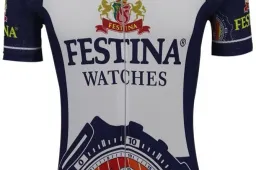 Front24216-12-2025
Front24216-12-2025 - So long as Tadej doesn't turn into a raging Cav or Wiggins, status quo will prevail.Colnago-fan16-12-2025
- The UCI have stated that Carboni's biological passport irregularities were from 2024, when he was riding for JCL Team UKYO. The details matter.
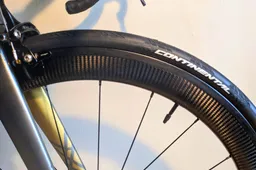 santiagobenites16-12-2025
santiagobenites16-12-2025 - Well, it might sound very arrogant or like a put down. I think his words are pretty accurate and a good assessment on the physique or formOnepiece16-12-2025
- Johansen gets a year and the 'big stars' get big bucks and everything...' Gianetti - hard fkr
 leedorney16-12-2025
leedorney16-12-2025 - Pedersons talent doesn't need to be doubted - he won the world's in Yorkshire in atypical weather for that area and that's a win in itself!
 leedorney16-12-2025
leedorney16-12-2025 - Yeah, it's basically a form of clickbait to make you click on the headline and spend a few seconds reading to find out who it is. That helps with the analytics that advertisers are looking for (i.e. how long readers are spending on the page).Pogboom16-12-2025
- The headline doesn't say anything... Right down the page tho, it says Sam Welsford 🙄 Like how fkg hards that... TO PUT IN THE HEADLINE 🙃
 leedorney16-12-2025
leedorney16-12-2025
Loading
🎬 #TDFunited one day, one story 🎬 ⏪ #TDF1989, Stage 21 ⏱ The most famous 8 seconds in the history of the Tour finished in dramatic fashion as 🇫🇷 Laurent Fignon was deprived of a 3rd Tour success as 🇺🇸 Greg LeMond went to cycling paradise.
Write a comment
